Protesters chanted slogans calling for Arab and international support for Al-Aqsa Mosque worshippers and Palestinians attacked in the occupied West Bank.
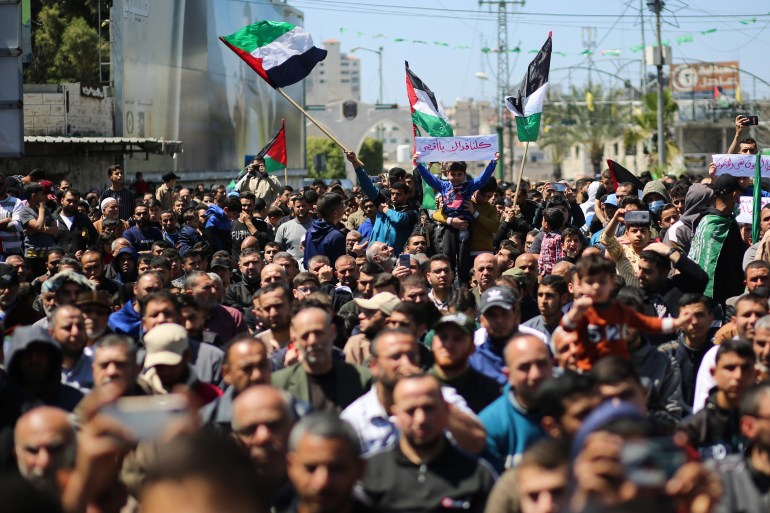
By Maram Humaid
Published On 15 Apr 2022
Gaza City – Hundreds of Palestinians took to the streets to protest Israeli forces breaking into the Al-Aqsa Mosque on Friday and in a show of support for people living in the occupied West Bank.
Protesters chanted slogans calling for Arab and international support for Al-Aqsa Mosque worshippers and those in the occupied territories facing intensified Israeli violence against Palestinians.
Earlier this week, Palestinian factions in Gaza met senior Hamas official Yahya Sinwar to discuss the accelerating developments in the occupied West Bank, where they affirmed their “unified position” against deadly Israeli raids.
Thousands gathered at the holy site for weekly Friday prayers during the holy month of Ramadan when clashes broke out leaving more than 150 Palestinians wounded.
In a speech at the Gaza demonstration, Khaled al-Batsh, a senior member of the Islamic Jihad movement, denounced Israeli attacks against worshippers at Al-Aqsa Mosque on Friday morning.
“Today we gather in Gaza to show our support to people in Jerusalem and the West Bank. We support our popular resistance and salute the souls of our martyrs,” he said.
Al-Batsh stressed Palestinian factions “won’t stay silent” if Israeli violations continue at the Al-Aqsa compound.
“We will not tolerate the Israeli provocation in the Al-Aqsa Mosque and we will not accept its continuation,” he said.
Omer Barlev, Israel’s public security minister, said Israel had “no interest” in violence at the Al-Aqsa compound. He added Israeli forces were forced to confront “violent elements” who attacked them.
‘Pay the price’
Al-Batsh said Palestinian armed groups hold “the Israeli enemy” responsible for “the repercussions of these attacks”. Israel “will pay the price for these crimes”, he added.
“The resistance has taken upon itself the responsibility to protect our people and its sanctities, and will not stand idly in the face of these provocations,” he said.
Al-Batsh condemned Israeli attempts to impose a Jewish identity on occupied East Jerusalem.
The recent violence came as far-right Jewish groups called for raids of the Al-Aqsa Mosque compound during the Jewish Passover holiday, and the offering of animal sacrifices in its courtyard, which has not occurred since ancient times.
Ayman al-Athamneh, 36, from Beit Hanoun, said he joined the protest in northern Gaza to show his strong rejection of what is happening at Al-Aqsa Mosque in occupied East Jerusalem and the West Bank.
“We assure all our people in the West Bank that the masses of Gaza are wholeheartedly with you and with the resistance. We in Gaza are ready for any sacrifices for the sake of Al-Aqsa Mosque,” he said.
Al-Aqsa ‘a red line’
Ashraf Awad, 43, expressed his anger at what happened on Friday morning at Al-Aqsa.
“Where are the Arab and Islamic countries of what is happening? Every day there are martyrs, people killed, wounded and there are raids and provocations,” he told Al Jazeera.
“What we saw today is very provocative and painful. The beating of women, girls and worshippers cannot be tolerated. We demand the resistance to respond. Israel knows nothing but the language of blood.”
Umm Raed Hajj Salem, 57, said she feels like there is “a fire burning in her chest from anger” after the Israeli raids.
“I wish the crossings were open and we could go from Gaza to Al-Aqsa Mosque to defend it,” she said angrily.
“Al-Aqsa is a red line – the land of an Islamic endowment – and any violation and aggression against it is an attack on all Muslims as a whole. We sacrifice our souls, our blood, and our children for the Al-Aqsa Mosque. We hope that God will strengthen us and liberate it soon.”
The holy site, sacred to Muslims and Jews, has repeatedly led to confrontations between Palestinians and Israelis. Last year violence there ignited an 11-day Israeli war on Gaza.
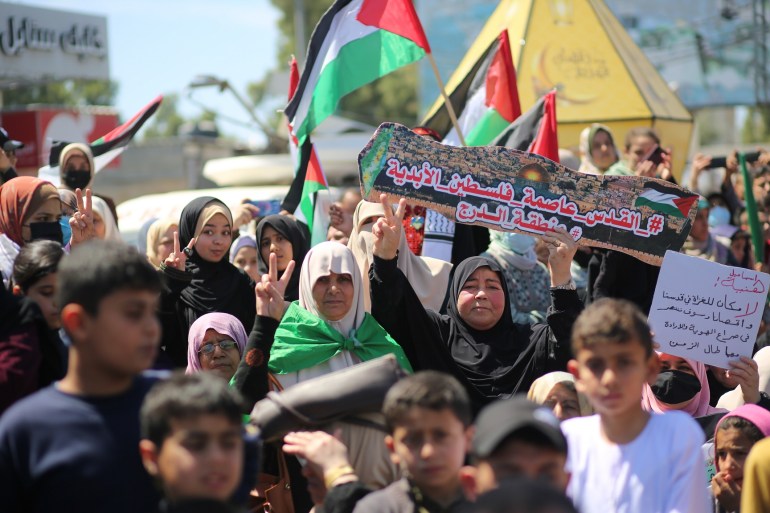
SOURCE: AL JAZEERA

Palestinians shout slogans at the compound that houses Al-Aqsa Mosque, following clashes with Israeli security forces in Jerusalem's Old City

Palestinian man takes a police sign off a wall at the compound that houses Al-Aqsa Mosque, following clashes with Israeli security forces in Jerusalem's Old City
Fri, April 15, 2022
By Henriette Chacar, Ali Sawafta and Nidal al-Mughrabi
JERUSALEM (Reuters) - One year after events in Jerusalem led to war in Gaza, clashes during the Muslim holy month of Ramadan are raising fears of renewed Israeli-Palestinian conflict, with leaders on both sides warning of possible escalation.
At least 152 Palestinians were wounded when Israeli riot police entered the Al-Aqsa mosque compound on Friday to disperse Palestinians who threw firecrackers and stones at them and towards a Jewish prayer area.
The Al-Aqsa compound sits on a plateau in East Jerusalem, which Israel captured in the 1967 Middle East war and later annexed. Known to Jews as Temple Mount, the area is the most sensitive in the generations-old conflict.
"Jerusalem is perhaps the number one issue that has the potential of triggering widescale violence," said Palestinian pollster Khalil Shikaki, director of the Palestinian Center for Policy and Survey Research. "We have seen that in the past."
Already strained by deadly attacks on Israelis by Palestinian assailants in the last two weeks and Israeli army killings of Palestinians in the West Bank, the atmosphere in the holy city has been heightened as Ramadan, Passover and Easter are all being marked this month.
Palestinian Prime Minister Mohammad Shtayyeh described the Israeli riot police actions at Al-Aqsa as a "brutal assault on worshipers during the holy month" and a dangerous omen.
At a rally in Gaza, a spokesman for the armed Islamist group Hamas, which rules the enclave, said that Israeli use of force would not go unanswered.
"We will draw the line again in defence of Jerusalem and we will launch a new era; weapons for weapons, and force will only be met by force and we will defend Jerusalem by all our might," Fawzi Barhoum said.
Last May, Palestinian militants fired rockets into Israel after Hamas demanded Israeli police withdraw from Al-Aqsa and the Jerusalem neighbourhood of Sheikh Jarrah, where a court threat to dispossess Palestinian residents had led to protests and confrontation.
In the 11-day war that followed, 250 Palestinians in Gaza and 13 people in Israel were killed.
Israel's Prime Minister Naftali Bennett said authorities were working to restore calm in Jerusalem and across Israel, but were ready if the situation deteriorated.
"We are preparing for any scenario and the security forces are ready for any task," Bennett said in a statement.
WAVE OF KILLINGS
Last week, a Palestinian from a refugee camp in the West Bank town of Jenin shot dead three Israelis and wounded several more at a Tel Aviv bar. The shooting was the latest in a string of Palestinian attacks in Israeli cities that killed 14 people.
Bennett called the attacks, which were the deadliest since 2016, "a new wave of terror".
The Israeli army has killed 40 Palestinians this year in a cycle which Dahlia Scheindlin, an Israeli public opinion expert and political analyst, said could be traced to early February when Israeli forces killed three Palestinian militants in Hebron.
The Palestinian Foreign Ministry described that killing as "an ugly field execution".
Alongside what it considers as security measures, such as mending breaches in the barrier which separates it from the West Bank and conducting mass arrests, Israel has also relatively eased Palestinian movement from the West Bank and Gaza into Israel and Jerusalem.
"There are no restrictions on the use of force," Israeli Foreign Minister Yair Lapid said on Thursday, echoing Bennett. He added that Israel would allow Palestinians who "maintain the quiet" to work and celebrate Ramadan without disruptions.
Until Friday's clashes at Al-Aqsa, those relief measures had appeared to ease some Palestinian frustrations, Shikaki said.
However, the pent-up anger and grievances over Israel’s 55-year military occupation of territories it captured in the 1967 war, and where Palestinians seek to establish a state, outweigh the current concessions, he added.
In the West Bank and East Jerusalem, 2021 marked the highest rate of Palestinian home demolitions since 2016, according to the Israeli human rights group B’Tselem.
In the last five years, Israel has granted just 33 building permits to Palestinians and over 16,500 building permits to Jewish settlers in the 60% of the West Bank it directly controls, according to Itay Epshtain, a humanitarian law and policy consultant, citing data disclosed by Israel's Defence Ministry.
"The whole structure that is in place, of the occupation, is violent," said Diana Buttu, a former legal advisor to the Palestine Liberation Organization. "It's been decades of this, decades of daily violence, and it gets to a point where eventually it just boomerangs back onto Israel."
(Reporting by Henriette Chacar in Jaffa, Ali Sawafta in Ramallah and Nidal al-Mughrabi in Gaza; Editing by Dominic Evans and Angus MacSwan)
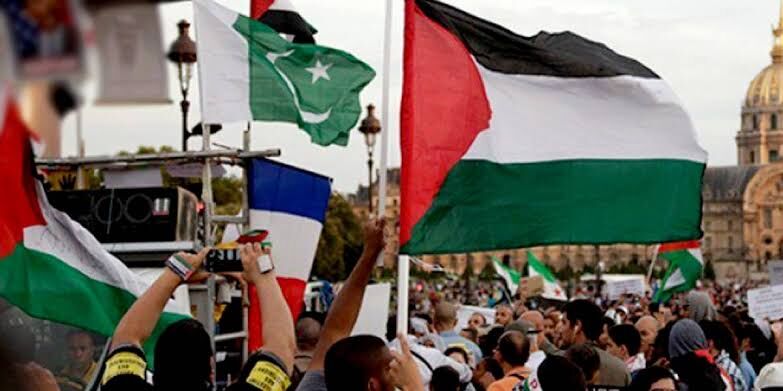
Tehran, IRNA – Islamic Republic of Pakistan expresses serious concern over the latest developments in various parts of the occupied Palestinian territories by the illegitimate Zionist regime especially the raid of occupying forces on Al-Aqsa mosque.
Foreign ministry of Pakistan in a statement on Friday said that the raid on Al-Aqsa Mosque is a highly condemnable assault on worshippers, especially during the holy month of Ramadan, and egregious violation of all humanitarian norms and human rights laws.
The statement further said that in recent weeks, Zionist forces have killed dozens and injured countless Palestinians in the occupied East Jerusalem and other areas. This escalation of violence by Israeli forces in the Palestinian territories is deplorable.
“We pray for the earliest recovery of those injured. Pakistan also calls upon the international community to take urgent steps to protect innocent Palestinian lives, and uphold international law and principles of the UN Charter,” it said.
It added Pakistan reaffirms its consistent and unstinted support for the Palestinian cause.
Al-Aqsa Mosque incidents indicate Zionists helplessness
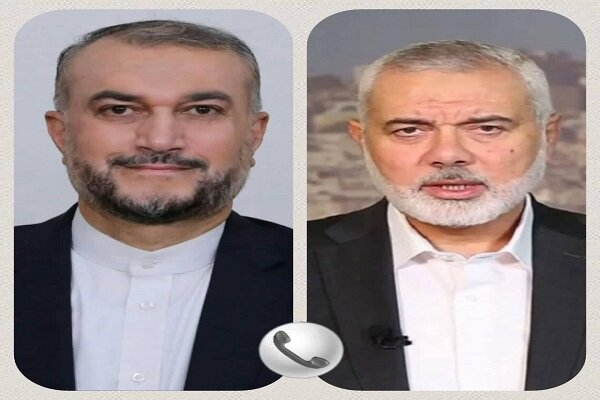
TEHRAN, Apr. 15 (MNA) – Condemning desecration of the holy places by the Zionist regime, Iranian Foreign Minister said that what happened in Al-Aqsa Mosque indicated Palestinians’ resistance and the Zionists’ helplessness.
Speaking in a phone call with Chairman of the Hamas Political Bureau Ismail Haniyeh, Amir-Abdollahian slammed desecration of the holy places by the Zionist regime.
Undoubtedly, the Zionist regime has become too weak to tolerate the Palestinians’ movements and the Resistance that created "Saif al-Quds" (Sword of al-Quds') epic, he noted.
Today, the Resistance is in its best position, while the Zionist terrorist regime is in its weakest conditions, he added.
Iran supports formation of an integrated Palestinian government throughout the historic land with Holy Quds as its capital, he stated.
He stressed the importance of diplomatic consultations with foreign ministers of Islamic countries to condemn and stop the Zionist regime’s aggressive actions.
Amir-Abdollahian described the Zionist regime's aggression against worshipers and desecrating Al-Aqsa Mosque as inappropriate effects of normalizing relations with fake Israeli regime by some Arab-Islamic countries.
Meanwhile, Haniyeh elaborated on the recent crimes in Al-Aqsa Mosque, saying that Palestine is facing with two options: accepting the Judaization of Al-Aqsa Mosque or standing against the Zionist regime.
Palestinian people and the resistance groups have chosen the path of resistance with power, Haniyeh said during the conversation.
He appreciated Iran’s support for the Palestinian cause of Palestine, Holy Quds and Al-Aqsa Mosque.
He also called for increasing diplomatic consultations at the level of Islamic countries, the Organization of Islamic Cooperation (OIC), and the United Nations Security Council to condemn and stop the Zionist regime’s aggression.
In the wake of escalation of tension and aggression by the Zionist regime, dozens of Palestinians have been martyred and hundreds injured since the beginning of the holy month of Ramadan.
MNA/
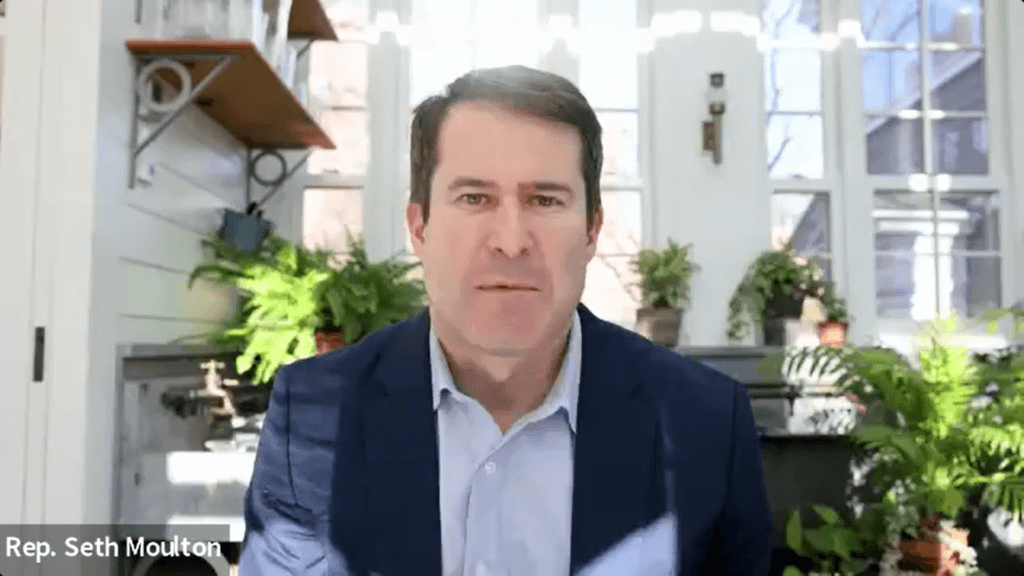


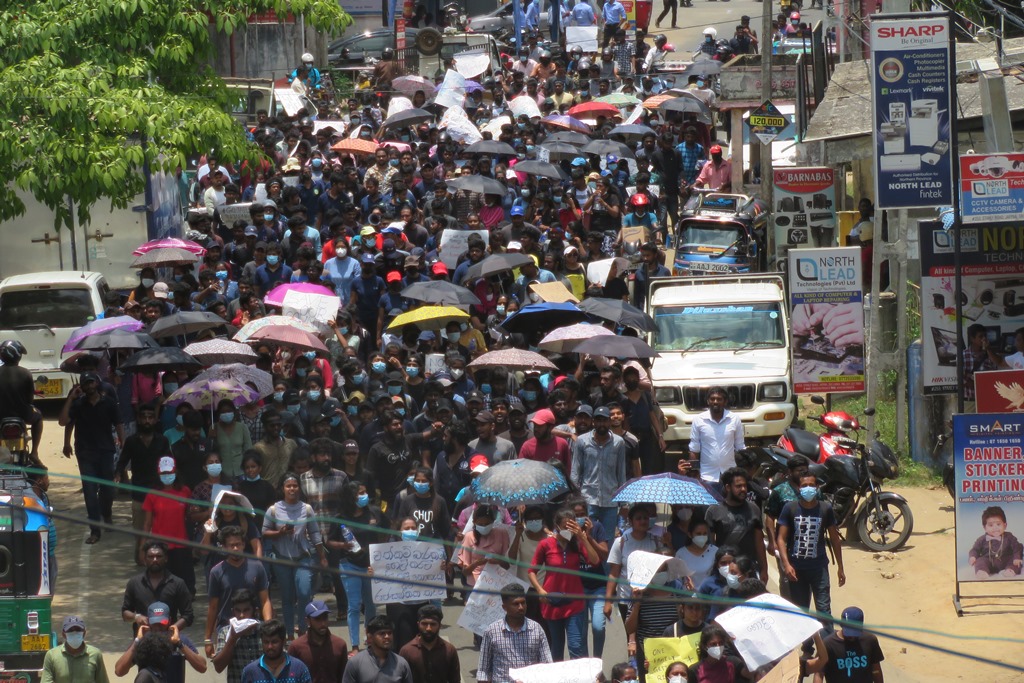
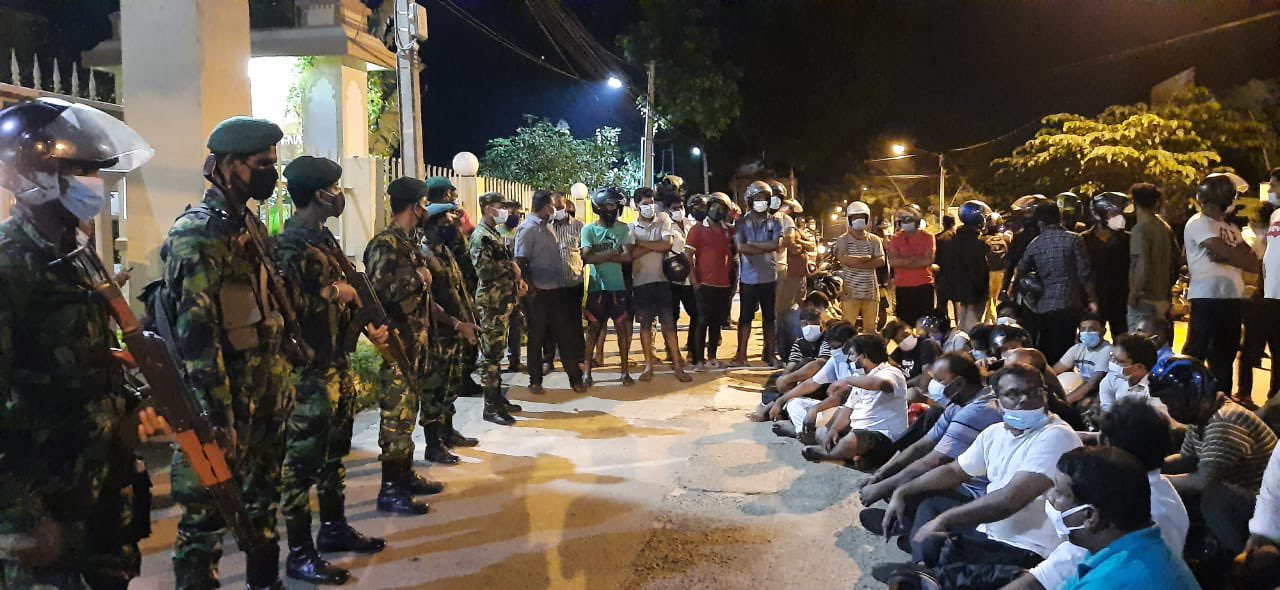
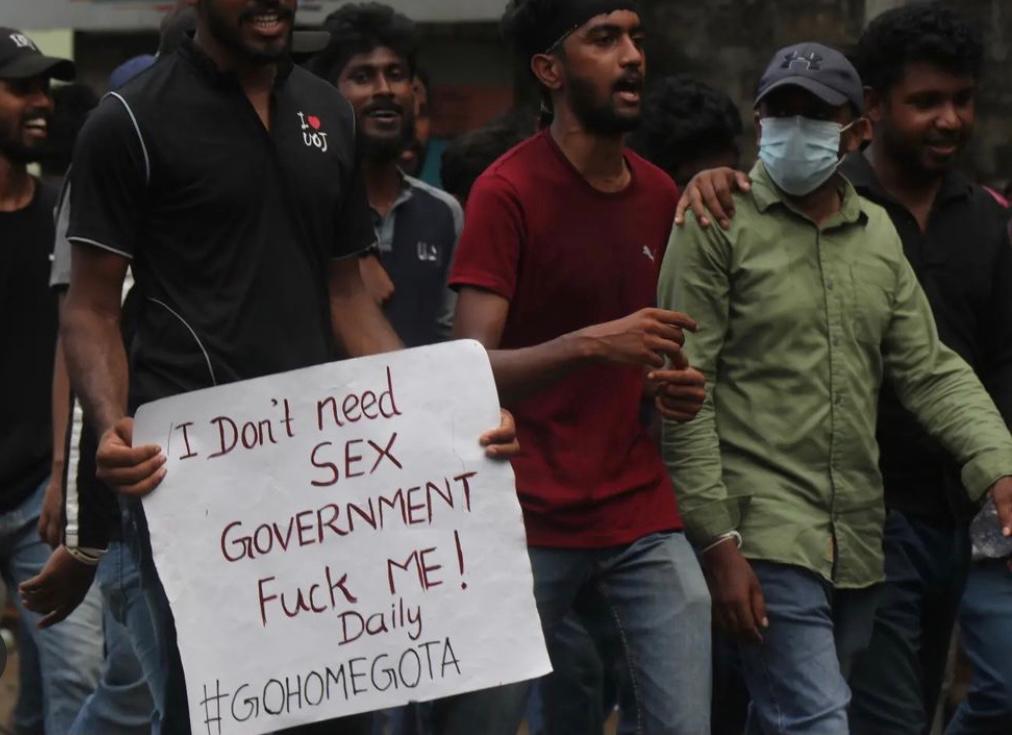


:quality(70)/cloudfront-us-east-1.images.arcpublishing.com/mco/QVOTDKHA2NGLDPWBQ52OPQ6FRM.png)
:quality(70)/cloudfront-us-east-1.images.arcpublishing.com/mco/64VLGEZUBBF3VORI2IW7PEA4SE.jpg)
:quality(70)/cloudfront-us-east-1.images.arcpublishing.com/mco/G5NXEO2XPVBJPK66Y5ETHWFFC4.png)
:quality(70)/cloudfront-us-east-1.images.arcpublishing.com/mco/C3HP4KVT5ZB2NAZD3JZBYBB5IQ.png)
:quality(70)/cloudfront-us-east-1.images.arcpublishing.com/mco/SL2TYZF3AVB6TMQGDVJ5Y6RNZU.png)